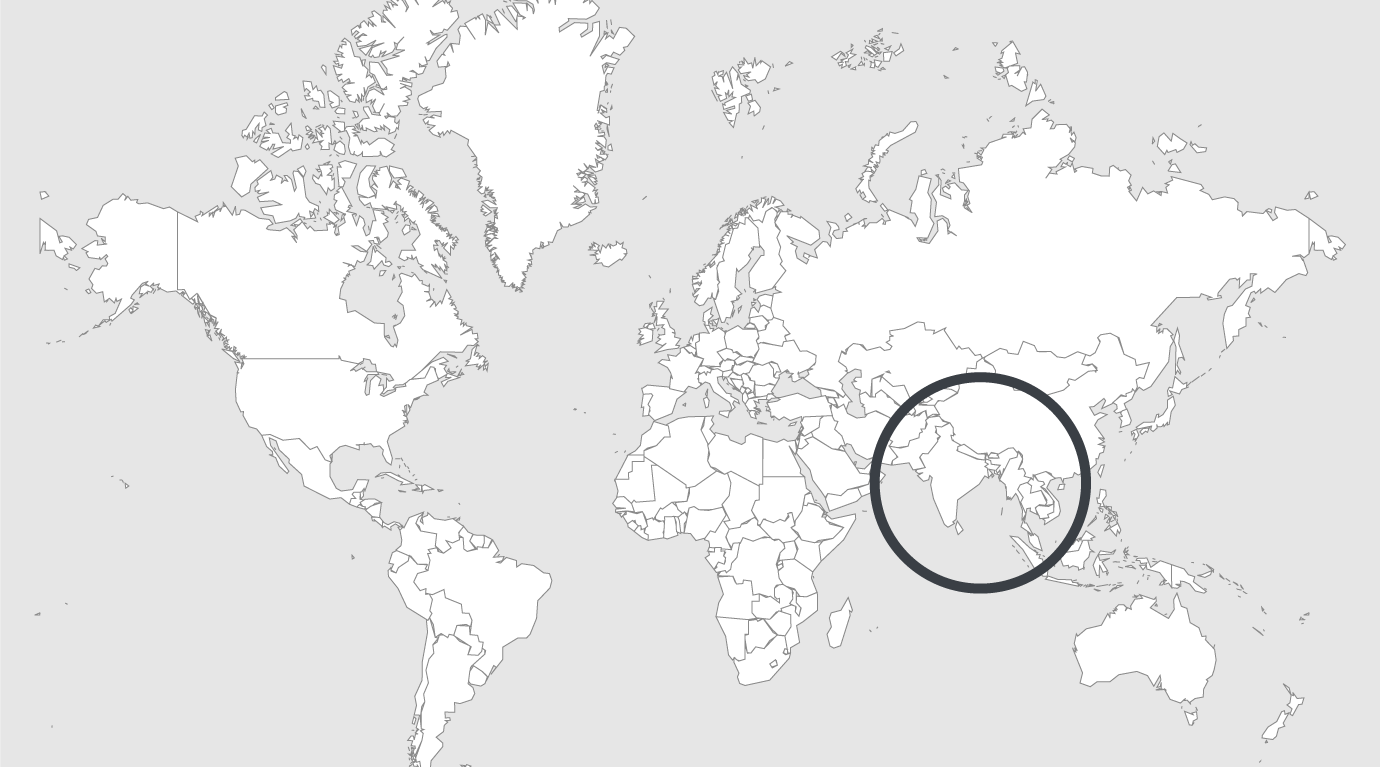
Explore
Sri Lanka: Drug menace: What is going wrong?
June 26 is International Day against Drug Abuse and Illicit Trafficking—as good an occasion as any to point out that Sri Lanka needs a multipronged approach to eradicate its growing narcotics problem. Flinging people in jail, where they continue to traffic and consume drugs, is no longer adequate or sustainable.
Department of Prisons’ statistics show that in 2015, nearly half, or 46.4 percent, of prisoners convicted were drug offenders. This means that, of the 24,086 who were sentenced, a massive 11,171 went to jail for narcotics crimes. That is the tip of the proverbial iceberg. The previous year, the percentage of total convicts that were drug offenders was 43.5 percent but it was 34 percent in 2013. The data show an upward trend in the number of those getting sentenced for trafficking and taking narcotics. The Government maintains these high conviction figures are a result of improved law enforcement.
Data do indicate a rise in seizures. The National Dangerous Drugs Control Board (NDDCB) has recorded 82,482 arrests in 2015—an increase of 23 percent over the previous year. But experts also believe the larger numbers can be explained, in part, by more people pushing and taking drugs. There are certainly bigger quantities of narcotics in circulation now than in the past.
Cannabis and heroin are the narcotics of choice, in that order. The Western Province is the most afflicted followed by the South. There is now a risk of heroin (restricted, before the 1980s, to a few locals who frequently travelled abroad and foreign tourists) spreading across the country, if it hasn’t already. Among those arrested for heroin-related offences, a majority are drug users caught with a few milligrams in their possession for personal use.
This is consistent with patterns worldwide. A 2013 study by the United Nations Office on Drugs and Crime suggests the global increase in drug-related crime is driven mainly by a rising number of offences related to drug possession, particularly in Europe and Africa. Moreover, the vast majority of traffickers in prison were low-level offenders.The estimated quantity of street level heroin supply in Sri Lanka is 985kg a year or nearly 2.7 kilograms a day. This is sufficient for 45,000 heroin dependents. But, in 2015, only 47kg of heroin was seized.
One of the issues the authorities need to address is that, despite there clearly being a widespread drug habit, as backed by statistics, the number of users entering rehabilitation and reintegrating into society is abysmal. Last year, there were just 2,355 addicts registered with the official Drug Abuse Monitoring System. The prisons have treatment programmes but, ironically, few takers.
The Government’s four rehabilitation centres can accommodate only around 40 to 50 patients at a time. The Civil Defence Force runs an outfit in Kandakadu in Polonnaruwa. But with the bulk of users concentrated in the Western Province, it is a challenge to get addicts to go, let alone stay, there.
The private sector runs a few more treatment centres of varying quality. The biggest impediment is a lack of funds. For facilities to be of acceptable quality, there must be money to run them. But there is precious little going into drug rehabilitation. And the returns are not attractive enough for investors to take the plunge.
So, while new drug users enter the equation every year, there is no system to draw and keep them away from this destructive dependence. This contravenes international conventions that not only require drug offences to be punishable but mention treatment as an alternative to prison alongside education, after-care, rehabilitation and social reintegration.
The absence of such mechanisms in Sri Lanka guarantees a high rate of relapse to drug use, and the vicious cycle of supply and demand continues, nourished by new entrants. The country’s national policy for the prevention and control of drug abuse states boldly that “the overall goal of the Government in relation to the drug problem is to reduce the drug supply and drug use to the barest minimum possibly [sic] by 2010”. The policy contains a comprehensive section dedicated to prevention, education and training; and to treatment and rehabilitation of drug dependents.
The numbers contradict any success the Government may claim in achieving its targets. By its own admission, law enforcement alone will not help eradicate the drug problem. It is time to take a long, hard, critical look at what is going wrong.
Read full article.
